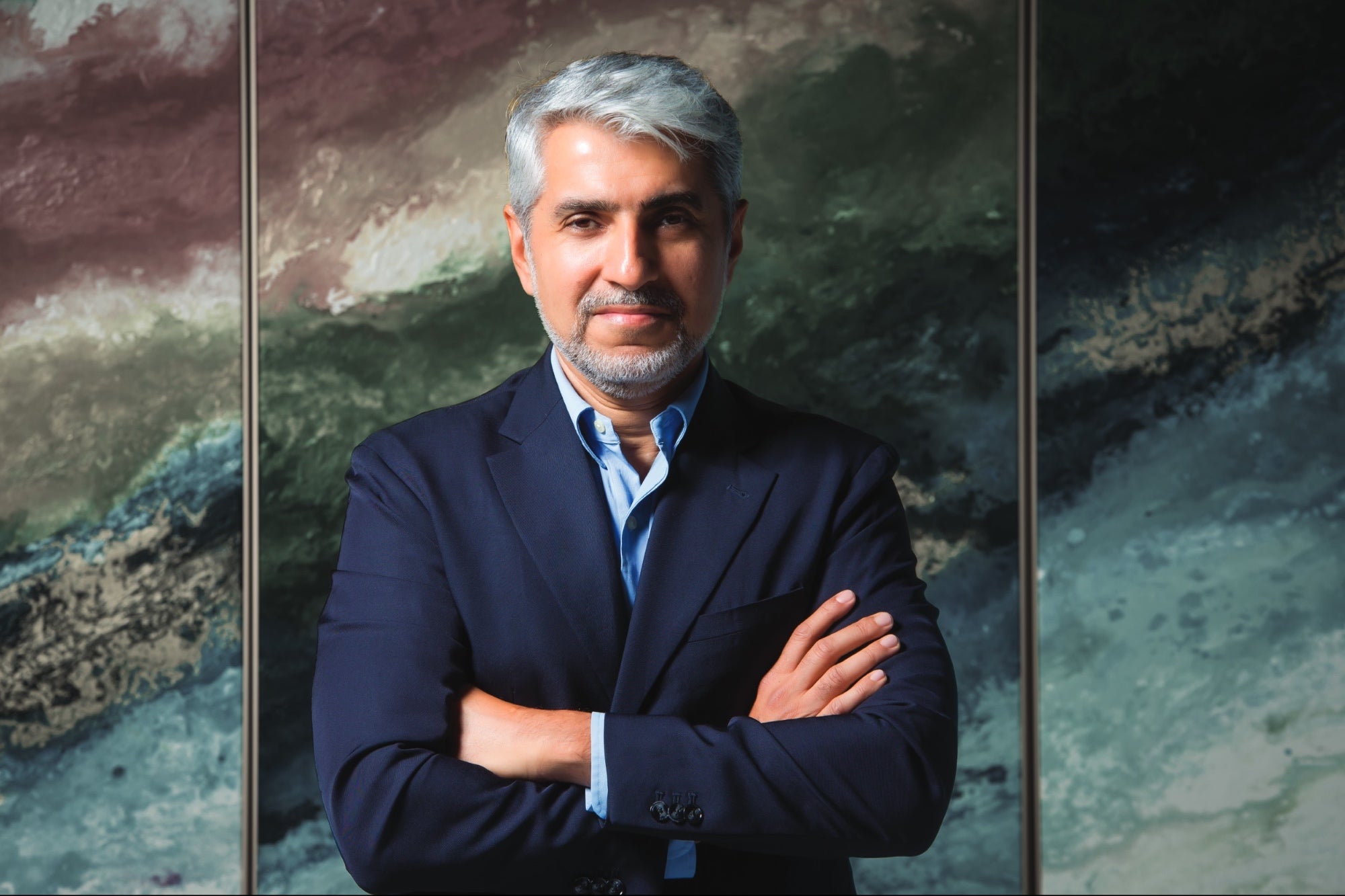Bionic Finger Gives Amputee The Power Of Touch The day is not too far away when amputees will be able to perceive shapes and textures on touch, thanks to a team of Swiss scientists who have developed a bionic finger.
Opinions expressed by Entrepreneur contributors are their own.
You're reading Entrepreneur Middle East, an international franchise of Entrepreneur Media.

The day is not too far away when amputees will be able to perceive shapes and textures on touch, thanks to a team of Swiss scientists who have developed a bionic finger. The tool, expected to accelerate the development of touch-enabled prosthetics, is meant to be connected to nerves in an amputee's arm thereby allowing for a textural touch experience. The findings of the research, a joint effort by scientists at Scuola Superiore Sant'Anna (SSSA) and the Swiss Federal Institute of Tech in Lausanne (EPFL), were published in March 2016 in the journal ELife. Dennis Aabo Sorensen, an amputee who lost his left hand in an accident, supported the team in testing the bionic finger implant, with Sorensen describing the sensations as "almost like what you'd feel with your own hand," making him the first person in the world to recognize texture using a bionic fingertip.

Related: Beam Me Up: Seed Robotics










